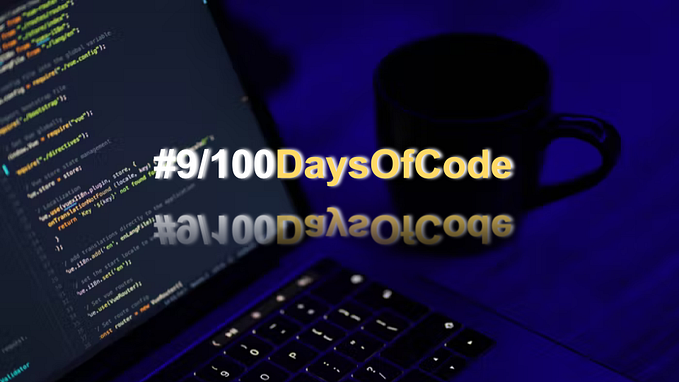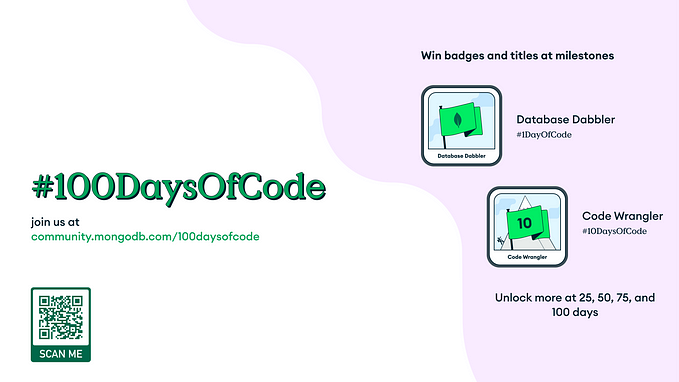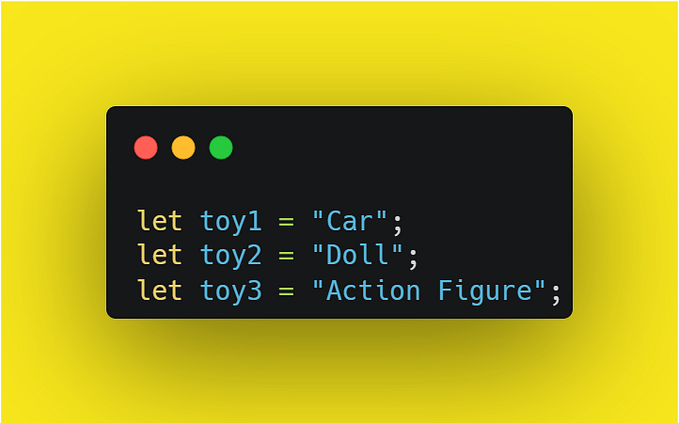Understanding Functions in JavaScript

G’Day Folks, How is the medium fam doing ;) I am back here again :D I have been writing about my journey on the forums. If you fancy reading the lovely days I am having, please feel free to drop by our forums 😍
I started doing JavaScript from Codecademy, its starts from basics and explains well. Some of the concepts on JavaScript functions:
Functions
A function is a reusable block of code that groups together a sequence of statements to perform a specific task.
Function Declaration:
function greeting() {
//body
}One should be aware of the hoisting feature in JavaScript which allows access to function declarations before they’re defined.
greeting()function greeting(){
console.log("Hello World")
}
Hoisting is not considered a good practice and should be avoided.
Parameters and Arguments
function area (rows, columns) {} //named variables are parameters inside the block.area(5, 6 ) //call the function passing arguments
Default Parameters
function greeting(name ='Stranger'){
console.log (`Hello ${name}`)
}greeting('Jane') //outputs Hello Janegreeting() // undefined, uses default value and outputs Hello Stranger
Function Expressions
To define a function inside an expression, the ‘function’ keyword is usually omitted. A function with no name is called an anonymous function.
In function expression, a function is stored in a variable in order to refer to it.
const calculateArea = function(width, height){
return width * height;
}- Since the ES6 release, it is common practice to use
constas the keyword to declare the variable. - To invoke function expression, call the variable name passing the arguments
calculateArea(5, 6). - Unlike function declarations, function expressions are not hoisted so they cannot be called before they are defined.
Arrow Functions
ES6 introduced arrow function syntax, a shorter way to write functions by using the special “fat arrow” () => notation
- the function keyword can be omitted. Use
()to include parameters and then add an arrow=>and define function body inside{}brackets.
const plantNeedsWater = (day) => {if (day === 'Wednesday') {
return true;
} else {
return false;
}
Refactor Arrow Functions
JavaScript also provides several ways to refactor arrow function syntax.
- Functions that take only a single parameter do not need that parameter to be enclosed in parentheses. However, if a function takes zero or multiple parameters, parentheses are required.

- A function body composed of a single-line block does not need curly braces. Without the curly braces, whatever that line evaluates will be automatically returned. The contents of the block should immediately follow the arrow
=>and thereturnkeyword can be removed. This is referred to as an implicit return.
const squareNum = (num) => {
return num * num;
};//can be refactored toconst squareNum = num => num * num;
It's good to be aware of the differences between function expressions, arrow functions, and function declarations as a wide variety of these function types are used in Javascript.
Wanna play Rock Paper or Scissors? ;)
As a challenge, try writing a cheat code, so the user always wins 😜
Until tomorrow… 👋🏽







